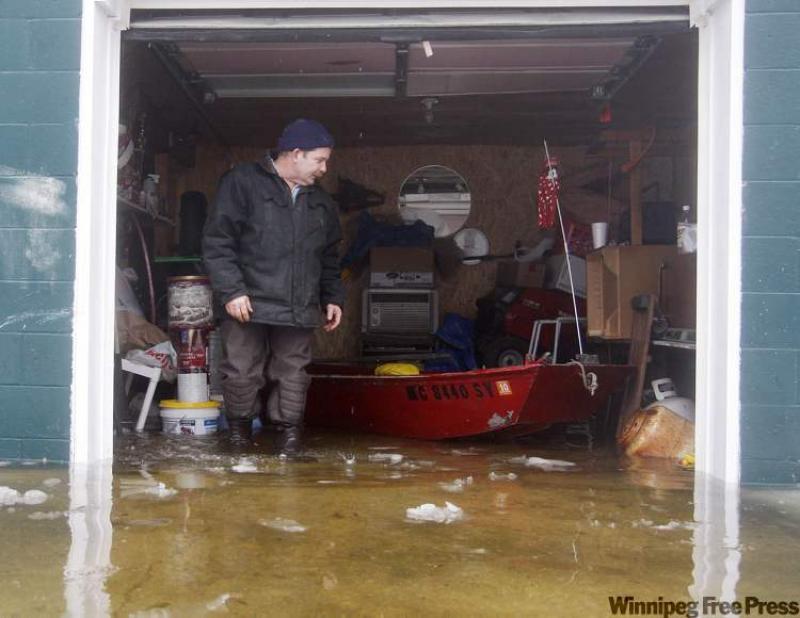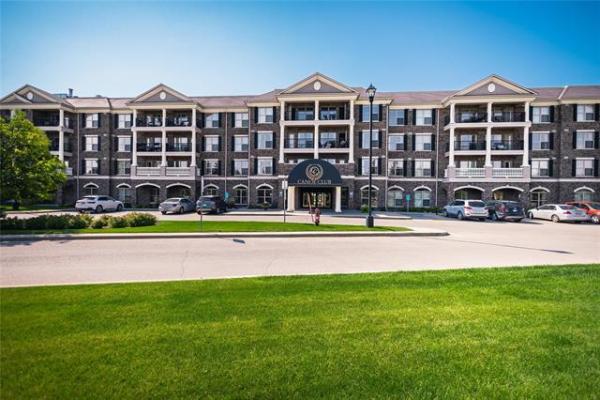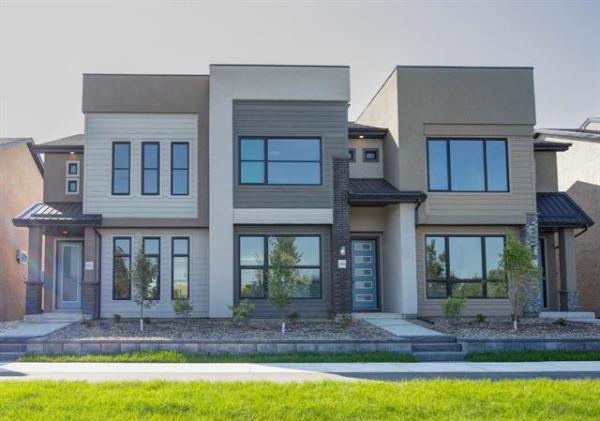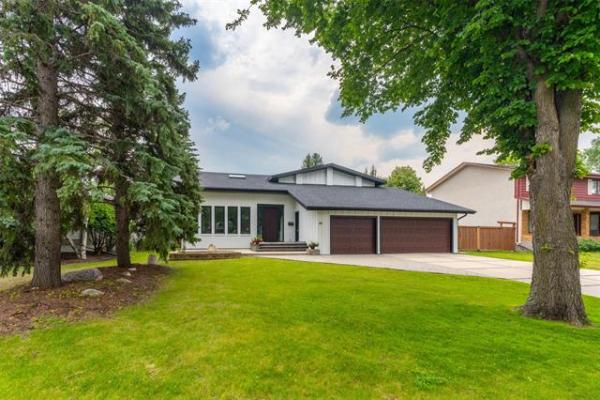QUESTION: I appreciate reading your articles, which has led me to ask my own question. Water pools around my garage every spring. It ends up getting into the garage and has damaged some stucco and I am worried that it will eventually rot the bottom plate. The garage was built on a concrete slab without a curb. I make sure I clear the snow around the garage, but the ground slopes toward the garage.
Are there any solutions other than lifting the garage and pouring a concrete curb? I have yet to consult anyone regarding this and am in the phase of trying to educate myself. Thanks, Rina Ricci
ANSWER: As the winter snow cover has recently disappeared, this is a good time to talk about an annoying annual problem that many homeowners experience, including me. Water seepage into older garages is a common concern, but one that may be difficult to address depending on the layout of your yard.
As with most leakage issues, attention to proper water management is critical to prevent moisture damage to buildings and their contents. This also includes outbuildings, like your garage, that have a different type of construction than your home.
Part of the issue is the fact that older garages are typically built on a concrete slab on grade. Over time this slab may settle and shift, allowing the surrounding soil to become higher than the garage floor.
Adjacent structures or neighbouring garages may also limit the access to surrounding soil and prevent good grading and downspout drainage. As with my own garage, the small area between it and the one next door provides an excellent location for snow accumulation while preventing good drainage.
Some of these issues may be addressed by extending or relocating downspouts from the garage and home away from these troublesome areas, but it may not fully stop the seepage.
If you are in the same situation as me, keeping excess snow and ice away from the areas adjacent to the garage walls may help somewhat. Other than these regular maintenance, or raising the garage as you suggest, there may be only one other approach to preventing excessive leakage. Waterproofing and sealing the bottom sections of the garage walls from the exterior may work to stop all but the worst leakage. This may be accomplished by removal of a small section of the stucco or siding at the very bottom of the exterior garage walls. You've said that the stucco is becoming damaged from the water, so removal may be required for proper repairs anyway.
Once a ribbon of siding or stucco is removed several centimetres above grade, the wall sheathing can be inspected to check the condition. If it is not substantially rotted or moisture-damaged, the next phase of repairs can be done. If the sheathing is damaged, cutting out and replacing damaged sections will be required before continuing. If the bottom wall plate or the bottom of several wall studs are also rotten then further cutting and patching will certainly be needed. Once this is addressed, the moisture-proofing can be done.
While there may be several methods and products for application in this scenario, a rubberized self-adhesive membrane may be the best choice. This type of material is regularly used for foundation waterproofing and for other difficult areas in commercial building construction.
This material may be available at building supply centres in rolls up to three metres wide, but for this situation smaller rolls would be much easier to work with. I have seen and purchased this membrane material in small rolls, about 20-30 cm wide, which would be excellent for your application. This material has a bitumen-based backing material that is quite pliable and will adhere to most surfaces. Some manufactures sell a primer that should be painted on the surfaces to be sealed prior to attaching the membrane, so check with your supplier if this is required.
After surface preparation, this membrane should be adhered to the wall sheathing and extend slightly below the bottom of the wall plates for best performance. This may require some slight digging and cleaning or chipping at the exterior of the concrete floor slab to allow a decent surface for adhesion.
If the membrane can be properly installed to overlap and seal the joint between the bottom of the wall and the concrete slab, then stopping the seepage may be possible. If this is not possible or practical, this area may be sealed with asphalt cement or other suitable material to prevent water leaking through this joint.
Once the installation is complete and the area sealed, it can be covered with moisture-resistant material such as pressure-treated wood, plywood or cement-based siding. This material will be needed to protect the soft membrane from mechanical damage and will also improve the appearance. A metal drip flashing installed under the bottom of the cut stucco and covering the top of this material will be the final touch to prevent leakage.
As tricky as this repair may sound, it may be less costly and difficult than replacing several wall studs and bottom plates due to moisture damage. Regardless, if your seepage is not that severe and only occurs during the spring thaw, you may be able to manage the water so that even this repair is not essential.
Keeping the area inside and outside the leaky walls free of excessive debris and storage is important. Allowing plenty of room for air circulation and opening the garage passage and vehicle doors to allow quick drying will also help prevent major rot.
That's the approach I've taken because of limited access for proper repairs in my own garage. So far, so good.
Ari Marantz is the owner of Trained Eye Home Inspection Ltd. and president of the Canadian Association of Home & Property Inspectors -- Manitoba (www.cahpi.mb.ca). Questions can be emailed to the address below. Ari can be reached at (204) 291-5358 or check out his website at www.trainedeye.ca.
trainedeye@iname.com




